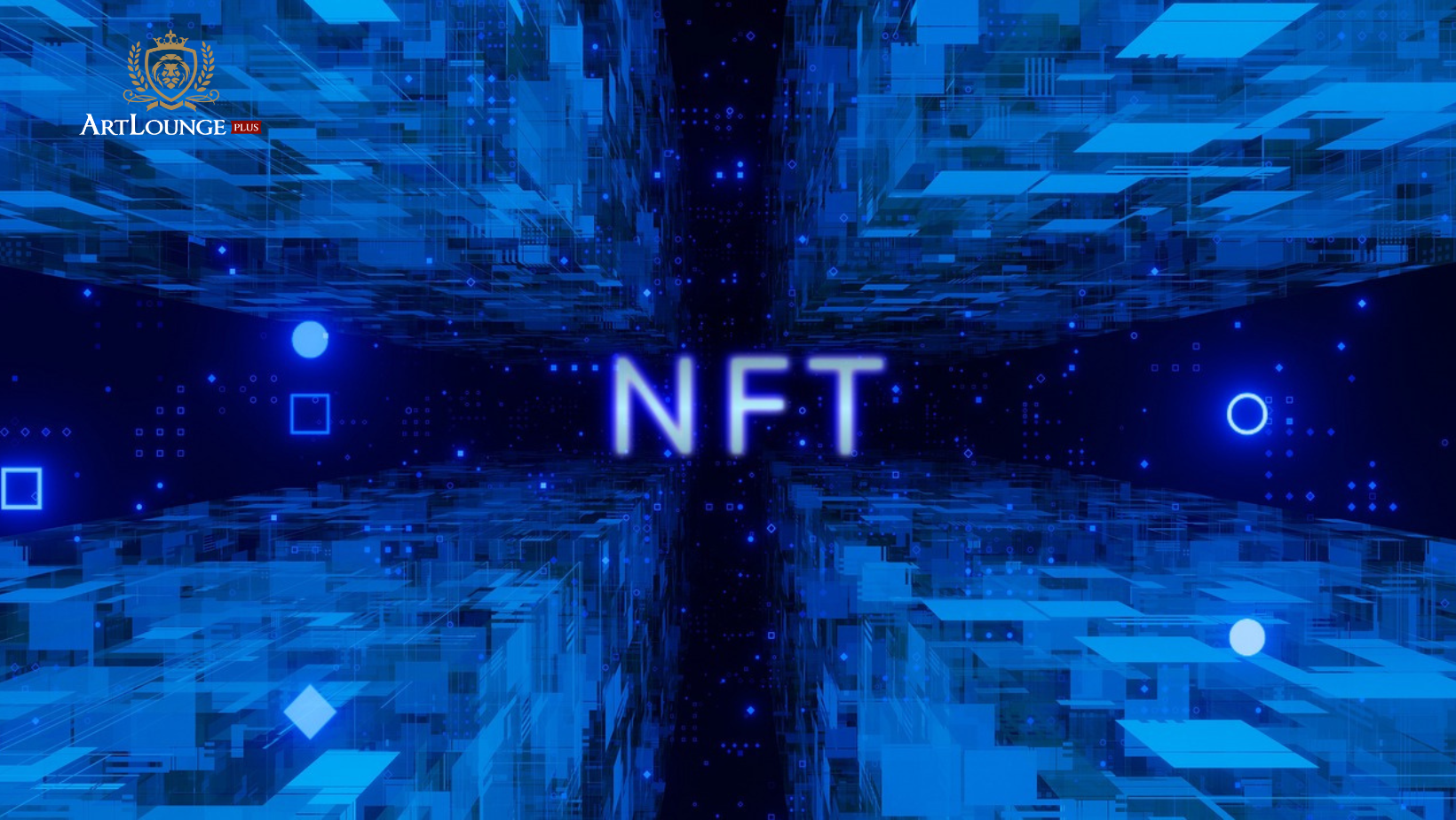
Creating and selling NFTs
05-02-2024
Before I prepare my first artwork ...
The biggest success achieved by NFTs so far has been the creation and sale of art collections. Thanks to blockchain technology, artists from all over the world can reach art collectors and sell their work in a secure way. Digital art can actually be created by anyone. There are many platforms that allow users to do this in a quick and easy way. The basic steps of the process are: creating a cryptocurrency wallet, adding cryptocurrencies, choosing a platform, connecting a wallet, uploading a file, putting the NFT up for sale, choosing the method of issuance, naming and specifying fees, making the NFT available, as well as creating a digital portfolio. A good graphic design portal such as Art Lounge Plus will provide more information. Opinions about it are positive - it is an information portal that allows you to expand your knowledge not only for people interested in traditional art.
Image Selection
To create digital collectibles, you first need to choose artwork. Nowadays, visuals depicting avatars, characters that can be used in games, as well as all kinds of dynamic images are popular. They introduce a greater level of interactivity and have more value than static images. Museums and galleries are creating NFTs based on their collections, and products similar to museum exhibits are also being created as souvenirs.
Digital art is very diverse, so it's worth considering how you can add originality to your creation. Creating it can cost money, so it's a good idea to have an Ethereum wallet with some Ether. If you choose to create NFTs through the platform, the process will be free, however, you will still need to connect a wallet to create an account. Then you need to fill in all the basic information about your item, upload the artwork and provide details about it. To improve your knowledge, it's also a good idea to regularly browse a digital collectibles portal such as Art Lounge plus.

Platform Selection
An NFT platform works similarly to sales portals. Some of the popular platforms are OpenSea, Coinbase NFT, Binance NFT, Solanart, CNFT, or Axie Marketplace. When choosing, it is worth considering, m.in, the supported blockchain - most, but not all, operate on Ethereum. There are platforms dedicated to one type of chain and integrating several of them. The subject of the stock market will also be important. Platforms often specialize in a specific market. Some only sell
NFTs are digital works of art, others focus on video games, and still others integrate various utilities, e.g., photographs and digital artwork, artwork, music files, video files, trading cards, entrance tickets, gaming elements, and more. From the user's perspective, the interface and ease of use will be key. It is worth paying attention to the amount of fees charged. To keep up to date with the news from this world, you can systematically read a good news portal.
Listing for sale
To sell an NFT, you will need a crypto wallet. It's a program or application that stores digital currencies. Some platforms offer their own wallets, but you can also use an independent wallet. Next, you need to create an account – the registration process is similar to the registration process on any other online portal. If a user wants to sell the NFTs they already own, they can find them in their wallet. Otherwise, it must create them. To sell an NFT, you can create an auction or put up an offer. An auction allows potential buyers to participate in the bidding process, while in the case of an offer, it is the seller who sets the price. Once you've set up your listing or offer, you'll need to wait for someone interested in buying.
Users who create auctions are informed about bids in real time. Once the offer has been issued, they are informed when it is accepted. Those interested in this issue will certainly like the Art Lounge Plus graphic portal. User reviews prove that it is worth your attention.
Price determination and trading
The main factors that determine the price of an NFT are rarity, utility, and tangibility. For example, first-of-its-kind artwork from a famous creator in the digital art industry or those created by a celebrity can be a rarity. Usability comes from real-world use, both in the physical and digital worlds. Such items are more valuable than purely collector's items. Tangible NFTs are those that are linked to real-world objects. You can mint your own tokens through the already mentioned special platforms. It can be difficult to break into the market, so it's important to take care of effective marketing. NFT trading is primarily geared towards medium-term benefits. You'll need to make well-thought-out decisions and get a feel for the right time to release your item to market. Transactions are generally safe when using trusted tools. However, you need to remember to use a VPN, which will protect your work from theft by cybercriminals.
NFT trading is still new, but more and more people are becoming interested in it. Anyone can be a creator of digital works, but before you decide to sell them, it's worth learning how to do it effectively and safely. It's a good idea to follow the latest news from the world of digital art, e.g. by using news portals that collect content on this topic.